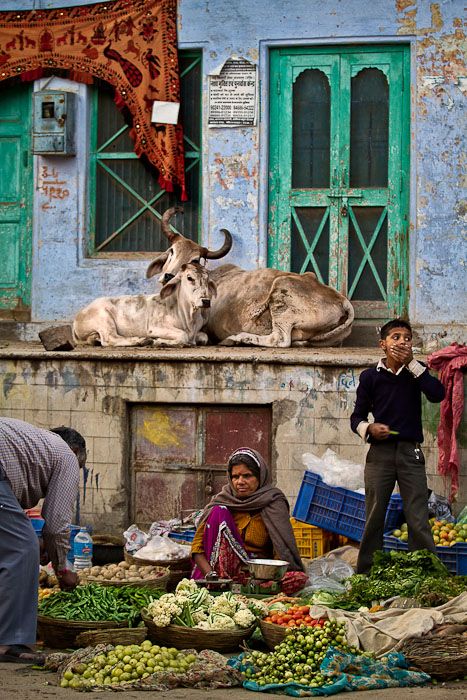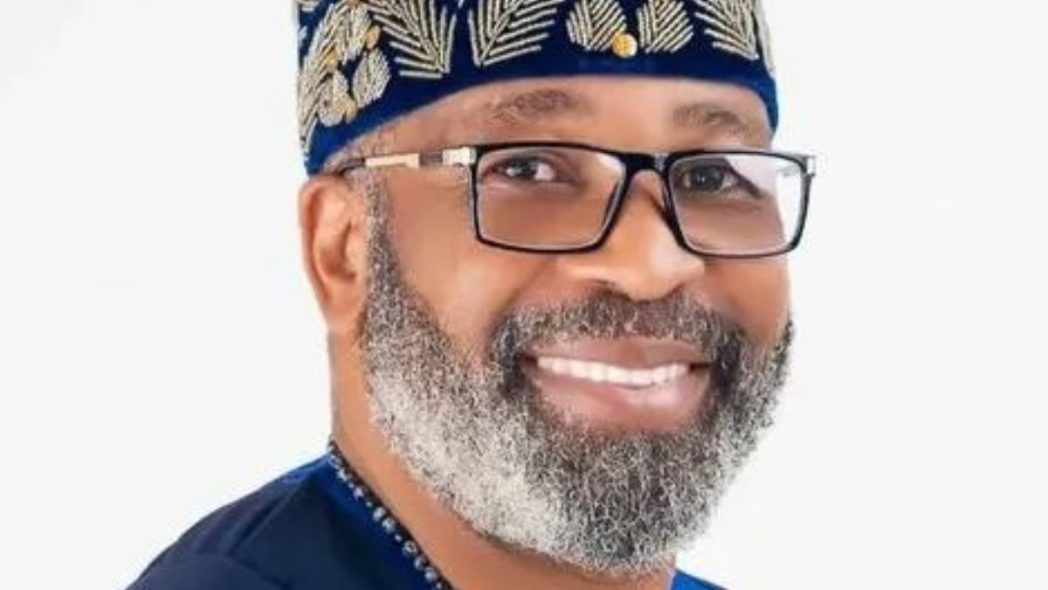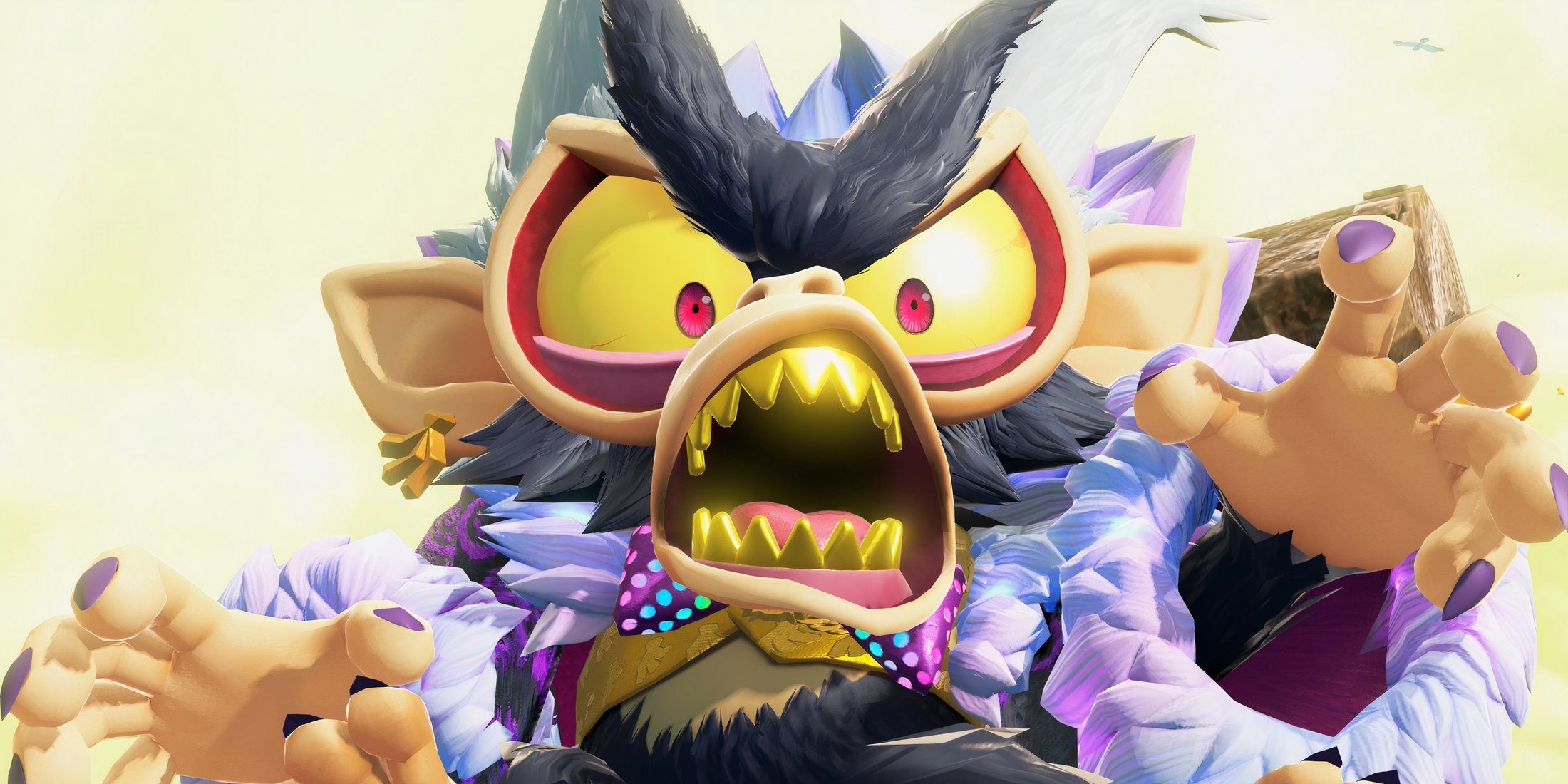MOVIE REVIEW: 'Koleoso' trilogy feels like spiritual warfare with no winner
Cast: Ibrahim Yekini, Fatai Odua, Oluwakemi Apesin, Afeez Abiodun, Jimmy Roland, Yetunde Barnabas, Saliu Gbolagade, Babatunde Bernard, Alo Oluwatosin, Akinfolarin Olamide and others.
Director: Ibrahim Yekini (Itele D Icon)
In a cinematic era when Yoruba films lean into spectacle and symbolism, the Koleoso trilogy (Parts 1, 2 and 3) arrived as a gripping saga of family wizardry, power, and the unseen forces that shape destinies.
Directed by Ibrahim Yekini, Itele D Icon and backed by dramatic performances from Fatai Odua, Oluwakemi Apesin, Afeez Abiodun, and other familiar Yoruba faces, the trilogy unfolds across three acts that blur the lines between tyranny and tradition and magic, legacy and ruin, delivering intense and emotionally charged performances that will leave you spellbound.
Koleoso 1 introduced a hardened, ruthless father, Osogbemi (Saliu Gbolagade), who is devoted to raising his three children, Koleoso (Ibrahim Yekini), Oshobola (Oluwakemi Apesin), and Efun (Akinfolarin Olamide), under strict, even brutal conditions to be fortified with wizardry magic. The Koleoso 1 was released on 8 May 2025 on YouTube and has gathered 2.1 million views.
This family saw this as a power seizure to be above every other person, rich, political or powerful, with magic based in Yoruba deities of ‘Sango’ traditions to outsmart or outdo everyone they meet in their endeavours.
Osogbemi’s worldview shaped his children’s use of his wizardry powers to make others subjects or objects to them, creating an intense family drama that will keep you on the edge of your seat.
The second part, Koleoso 2, maintained its intense plot, which led to power clashes with another fortified man, Jaweshoro (Fatai Odua), who shared a worldview similar to Osogbemi’s.
The forces of Koleoso, the most powerful of Osogbemi’s clan, tried to marry Osu (Yetunde Barnabas), whom Jaweshoro had forcefully betrothed to himself, spell, while leading to rising tension.
The Koleoso 2 was released on 6 June 2025 on YouTube and has gathered 2 million views.
Koleoso 3‘s narrative escalated from family-based drama to fantasy and supernatural. This chapter promised mystical confrontations and moral reckonings. The latest part was released on 13 June 2025 on YouTube and has gathered 1.2 million views.
Osogbemi, a powerful sorcerer, believed survival in a harsh world requires supernatural fortification. As such, he passes down his mystical powers to his three children: Koleosho, Osobola, and Efun. Among them, Koleosho emerged as the strongest, even surpassing his father in magical prowess. He followed in Osobemi’s dark footsteps, using his powers to intimidate, exploit, and destroy anyone who challenged him.
Simultaneously, law enforcement attempted to arrest Osogbemi for allegedly empowering armed robbers, but their efforts failed due to his intense magical resistance and the added strength of Koleosho.
Osobola, on the other hand, channelled her inherited powers into deceit and vice, establishing a prostitution ring. She used spells to defraud rich men, including politicians, who patronised her girls. Meanwhile, Efun, the only one seeking a different path, is enrolled in a university. Due to conflicts with courtesans on campus, Koleosho relocated to the university to protect her. There, Koleosho met Osu, a young woman forcefully bound by a spell to Jaweshoro, a warlock just as powerful as Osobemi.
Koleoso 3’s narrative escalated from family-based drama to fantasy and supernatural. This chapter promised mystical confrontations and moral reckonings.
Koleoso’s pursuit of Osu sparked a bitter supernatural feud between the Jaweshoro and Osogbemi families. As conflict peaked, Koleoso, Osobola, Efun, and their father Osogbemi were forced to unite against a common enemy: Jaweshoro.

In a dramatic supernatural battle, neither side prevails. Jaweshoro vanished without a trace, leaving the war unresolved and the movie’s ending deliberately inconclusive. This sets the stage for a possible continuation that will leave you eagerly anticipating the next chapter.
After three parts, Koleoso left viewers with more confusion than closure. While it began with an intriguing concept rooted in supernatural inheritance and generational power dynamics, the storyline gradually spiralled into an overly stretched narrative that hinted at a possible continuation, one that already felt unnecessary.

The central conflict between the fortified Osogbemi family and the equally powerful Jaweshoro remains unresolved, casting a shadow over the trilogy’s narrative structure.
The introduction of law enforcement as a potential force of order is overshadowed by the government’s complete failure to contain the threat, undermining the film’s logic and suggesting that traditional powers are more potent than the state, even within its mystical world.
Beyond the storyline, Koleoso appeared tailored for a specific Nollywood audience that was well-versed in spiritual warfare and local beliefs without relatable logic.
Its heavy reliance on supernatural themes, without anchoring them in universally relatable emotions or moral clarity, limited its reach. For a narrative that dealt with such powerful themes, it lacked the storytelling depth required to resonate broadly across diverse audiences.
Unless the creators intended to reinvent the story with more structure and a definitive conclusion, any further continuation risked becoming a repetitive loop of unresolved power struggles.
Overall, Koleoso grapples with themes of power and corruption, exploring how supernatural gifts can be twisted for personal gain. It also delves into family legacy and inheritance, as Osobemi’s decisions shape the dangerous paths of his children.
The film highlighted the ongoing conflict between traditional spiritual authority and modern state power, with law enforcement rendered helpless. Morally, the lines between good and evil remained blurred, as even the protagonists acted without accountability.
Its heavy focus on spiritualism and fatalism limited its appeal to a broader audience, while the unresolved conflict and futility of the story left the trilogy feeling incomplete and cyclic. Though rich in traditional expression, Koleoso ultimately struggled to deliver a well-rounded, universally compelling narrative.
Rating: 5/10
You may also like...
In the Shadows of the Signal: How Africa is Fighting a War It Cannot See

The article discusses the growing threat of cyberattacks in Africa, likening it to a "quiet war" being waged through dig...
Beyond Fintech, A Continent on the Rise

Africa's tech landscape is rapidly diversifying beyond fintech. Discover how innovation in sectors like AI, health tech,...
Should Religion Still Dictate Morality in a Secular Age?

This bold essay unpacks the complex relationship between faith, law, and public life—exploring where religion uplifts mo...
Africa’s AI Moment: Are We Innovating or Just Consuming?

As AI reshapes Africa’s digital landscape, the continent stands at a crossroads: Will it lead innovation or remain a tes...
The Rise of AfroAnimation: How African Studios Are Telling Our Stories With Global Appeal
(26).jpeg)
African animation is breaking boundaries as studios across the continent craft vibrant, culturally-rooted stories with g...
Digital Dakar: Why Senegal Is Africa’s Next Fintech Capital

Senegal’s capital, Dakar, is emerging as Africa’s next fintech powerhouse, driven by mobile money innovations, a youthfu...
The Global South Doesn’t Need a Savior: It Needs Equity

This incisive essay dismantles the outdated saviour complex, calling for a bold shift from patronising charity to genuin...
The Strangers Next Door: A New Dilemma at Africa’s Threshold

The article discusses the deportation of African nationals by the United States to eSwatini, a small southern African ki...






